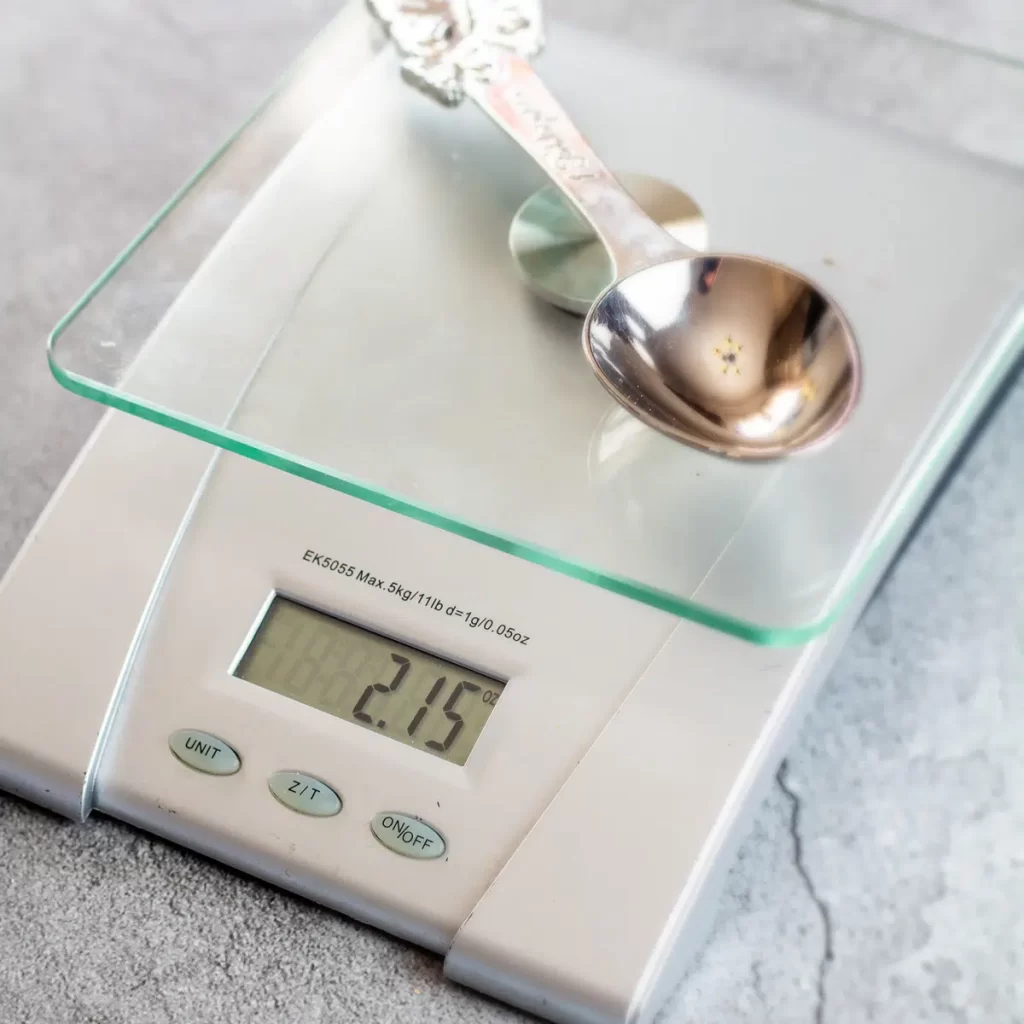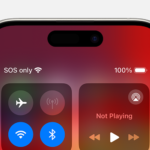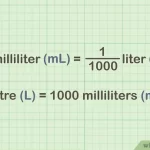How Many Tablespoons in an Ounce?
When it comes to cooking and baking, understanding the relationship between different units of measurement is crucial for ensuring accurate results. One common conversion that often comes up is the number of tablespoons in an ounce. Whether you’re following a recipe that uses ounces or you need to convert a measurement to a different unit, knowing how to convert between ounces and tablespoons can save you time and prevent mistakes in the kitchen.
Tablespoons vs. Ounces
Before we dive into the conversion, it’s important to understand the difference between tablespoons and ounces. Tablespoons (tbsp) are a unit of volume, while ounces (oz) are a unit of weight. In the United States, one fluid ounce is equal to approximately 2 tablespoons, but this may vary depending on the substance being measured.
Conversion Factors
The conversion between tablespoons and ounces depends on the type of ingredient being measured. For most common ingredients, such as liquids and dry ingredients, the conversion is as follows:
- 1 fluid ounce = 2 tablespoons
- 1 ounce (weight) ≠ 1 fluid ounce
It’s important to note that this conversion applies to volume measurements, not weight measurements. If you’re measuring ingredients by weight, you’ll need to use a different conversion factor.
Examples of Conversion
Let’s look at a few examples to illustrate how to convert between tablespoons and ounces:
- Converting ounces to tablespoons:
- If a recipe calls for 4 fluid ounces of milk, you would need to use 8 tablespoons (4 oz × 2 tbsp/oz = 8 tbsp).
- Converting tablespoons to ounces:
- If a recipe calls for 6 tablespoons of flour, you would need to use 3 fluid ounces (6 tbsp ÷ 2 tbsp/oz = 3 oz).
It’s important to remember that these conversions are based on volume measurements, not weight measurements. If you’re measuring ingredients by weight, you’ll need to use a different conversion factor.
Measuring Techniques
To ensure accurate measurements when converting between tablespoons and ounces, it’s important to use proper measuring techniques. Here are a few tips:
- Use the appropriate measuring tools: Use a liquid measuring cup for liquids and a dry measuring cup for dry ingredients. Avoid using the same cup for both, as it can lead to inaccurate measurements.
- Level off measurements: When measuring dry ingredients, use a knife or the back of a spoon to level off the ingredient at the top of the measuring spoon or cup. This ensures that you’re measuring the exact amount specified in the recipe.
- Measure at eye level: When measuring liquids, place the measuring cup on a flat surface and read the measurement at eye level. This helps prevent errors caused by parallax, which can occur when reading measurements from an angle.
Conversion Table
For quick reference, here’s a conversion table for tablespoons and ounces:
| Ounces | Tablespoons |
|---|---|
| 1 oz | 2 tbsp |
| 2 oz | 4 tbsp |
| 3 oz | 6 tbsp |
| 4 oz | 8 tbsp |
| 5 oz | 10 tbsp |
| 6 oz | 12 tbsp |
| 7 oz | 14 tbsp |
| 8 oz | 16 tbsp |
Remember, this conversion table is based on volume measurements. If you’re measuring ingredients by weight, you’ll need to use a different conversion factor.
FAQ
Q: How many tablespoons are in 1 ounce?1 fluid ounce is equal to 2 tablespoons.
Q: How many tablespoons are in 4 ounces?4 fluid ounces is equal to 8 tablespoons (4 oz × 2 tbsp/oz = 8 tbsp).
Q: How many ounces are in 6 tablespoons?6 tablespoons is equal to 3 fluid ounces (6 tbsp ÷ 2 tbsp/oz = 3 oz).
Q: Is 1 ounce the same as 1 fluid ounce?No, 1 ounce (weight) is not the same as 1 fluid ounce. 1 fluid ounce is equal to approximately 2 tablespoons, while 1 ounce (weight) is a different unit of measurement.
Q: Can I use the same measuring cup for liquids and dry ingredients?No, it’s best to use separate measuring cups for liquids and dry ingredients. Using the same cup can lead to inaccurate measurements.
Q: How do I measure liquids accurately?To measure liquids accurately, use a liquid measuring cup and read the measurement at eye level. Place the measuring cup on a flat surface and avoid parallax errors caused by reading measurements from an angle.For a more detailed look at the eclipse visibility and timing in your specific location, you can use this interactive map from the National Oceanic and Atmospheric Administration (NOAA).



